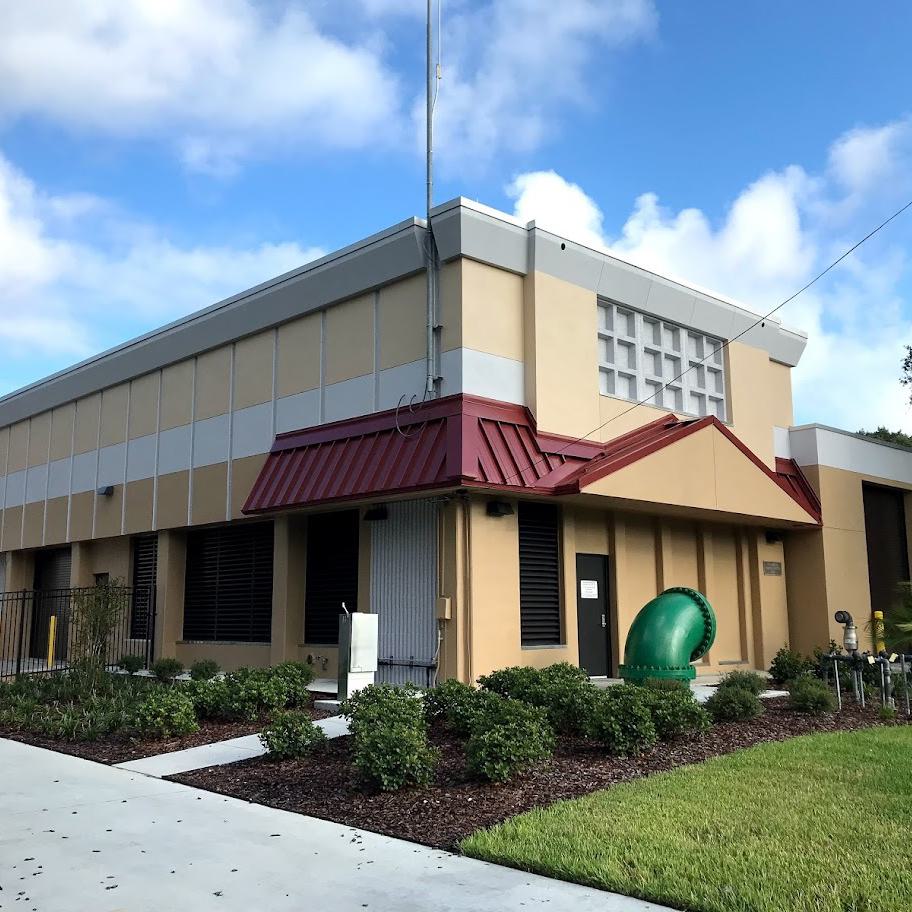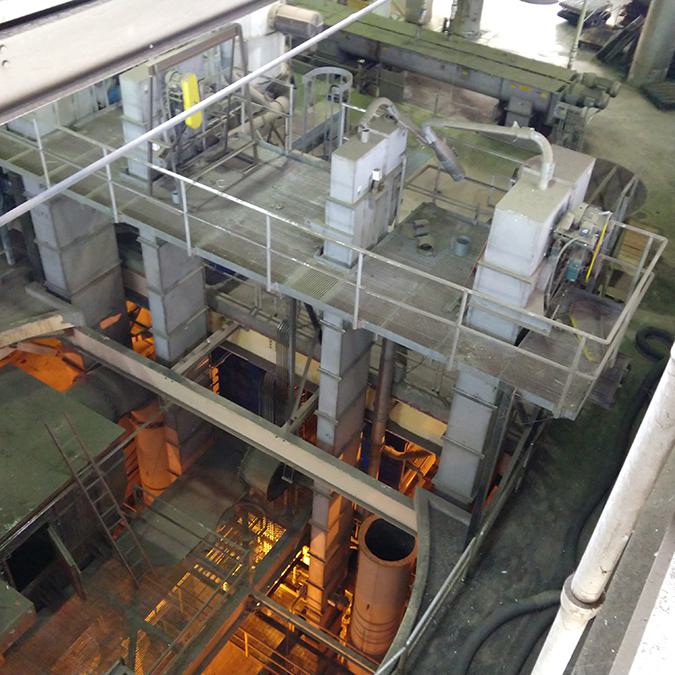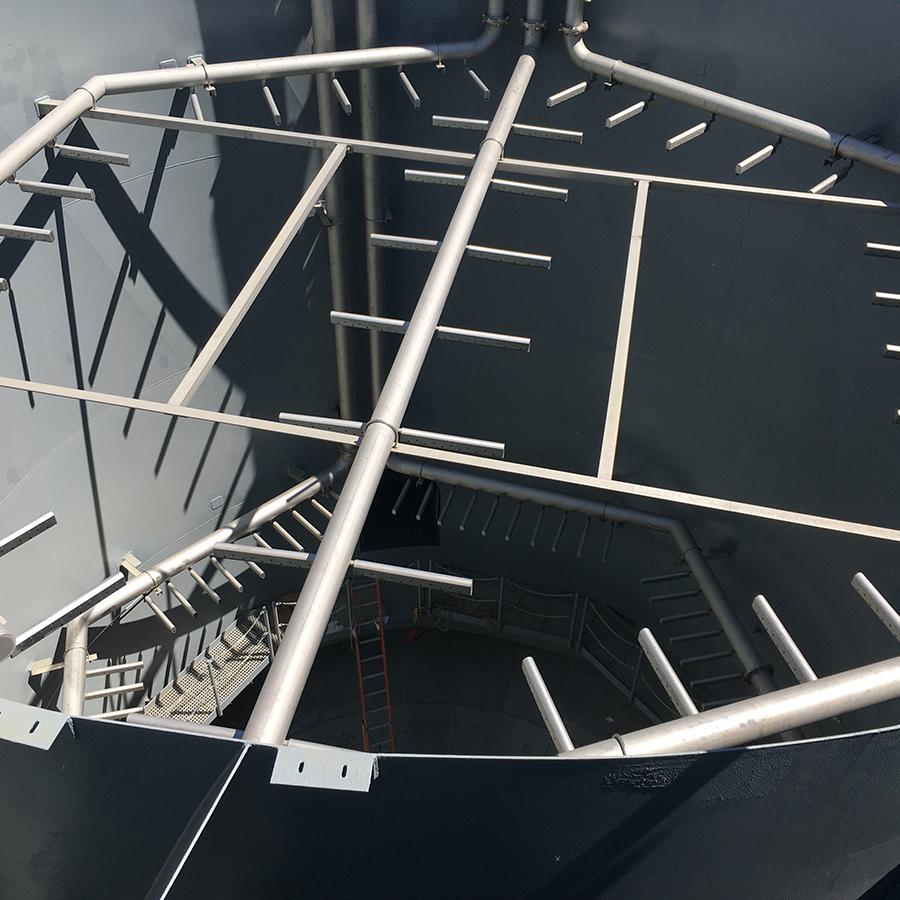Fast-Track Water Treatment Design and Construction in the Dominican Republic
To provide safe drinking water to the urban service areas of La Romana, San Cristobal, and San Francisco de Macoris, the National Institute of Water and Sewage of the Dominican Republic (INAPA) undertook the Design-Build delivery of three 87,000 m3/d Water Treatment Plants and associated infrastructure.
In the Dominican Republic, competing uses of water for irrigation, water supply, and hydropower generation have resulted in water shortages in several urban and newly-constructed tourist areas. To provide safe drinking water to the urban service areas of La Romana, San Cristobal, and San Francisco de Macoris, the National Institute of Water and Sewage of the Dominican Republic (INAPA) retained the Biwater/Sinercon Consortium for the Design-Build delivery of three 87,000 m3/d Water Treatment Plants and associated infrastructure. In turn, Biwater U.S.A. retained Hazen and Sawyer to provide engineering design and support in the procurement management services for the project.
3 Facilities in 36 Months
The project featured a 36-month fast track schedule for facility design and installation.
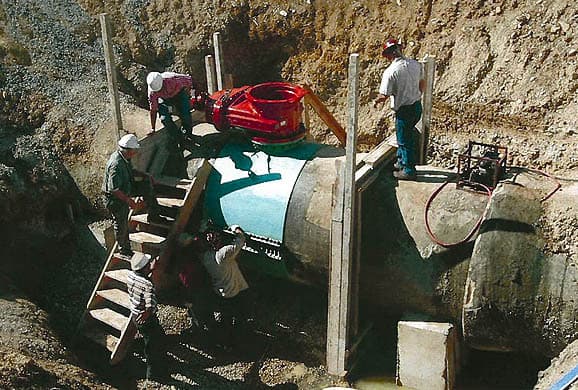
Project Outcomes and Benefits
- 36-month fast track schedule to have facilities designed, installed and placed on-line was met.
- More than $180 million in loans were secured from the U.S. Export-Import Bank for the national government of the Dominican Republic by the Design-Build Team.
- Met the strict environmental and water quality criteria established by the World Health Organization.
The project consisted of building three water treatment plants (The Mata Larga Plant, La Romana Plant and the San Cristobal Plant), to serve approximately 500,000 people, each of which is rated at 1 m3/s (23 mgd) capacity. Other supporting infrastructure development included nine water storage tanks, seven pump stations with capacities of up to 91,000 m3/d, and 130 km of ductile iron raw water and transmission mains, ranging in size from 200 to 1,000 mm in diameter.
In order to meet the 36-month fast track schedule to have facilities designed, installed and placed on-line, Hazen and Sawyer issued owner-furnished specifications and assisted during the equipment/materials purchasing process during the initial design phase. The design team concurrently prepared more than 2,000 drawings according to priorities established in the field, to stay ahead of the construction and meet the project schedule. Civil works were designed and constructed first, pending the delivery of U.S. equipment and materials.
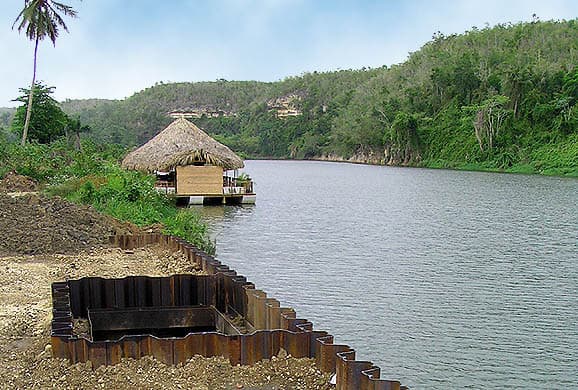
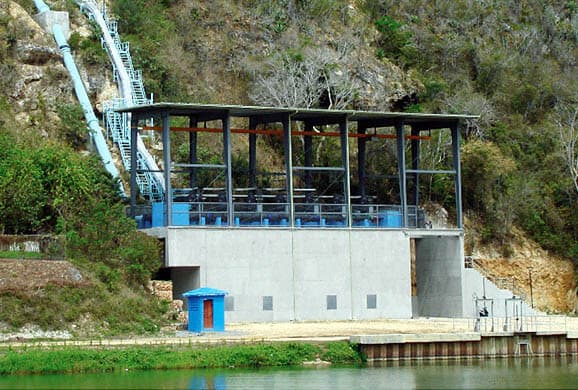
Two of the water treatment plants obtain raw water from reservoirs serving hydroelectric dams. River water from the Rio Chavon is pumped to the third plant (La Romana). During the rainy season river water turbidity can approach 1,000 NTU. Hazen and Sawyer conducted field treatability studies to confirm unit process parameters and chemical dosages at all plants.
The basic unit processes are similar at all three plants and include pre-aeration through a triple cascade works, flash mixing of ALUM and polymer, flocculation, sedimentation utilizing settling tubes to enhance performance, dual media filtration (anthracite and sand), filter media cleaning using air scour followed by backwash water, chlorination and on-site storage to meet distribution system water demands.




